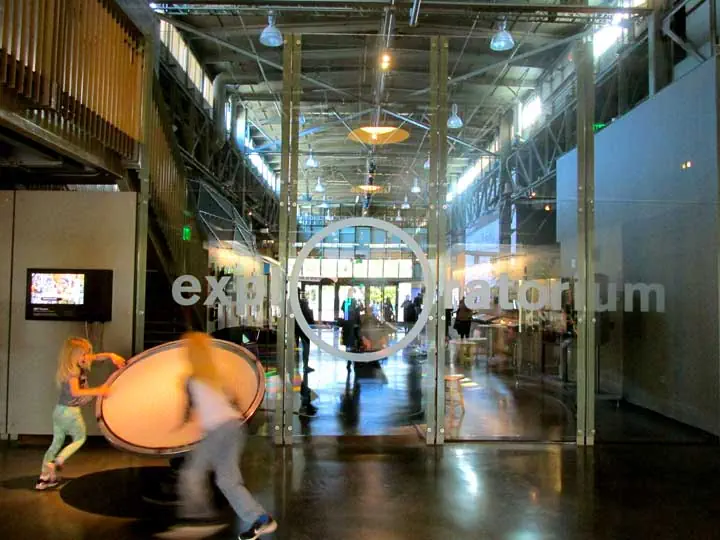
By Priscilla Rodriguez | m/Oppenheim Media Writer
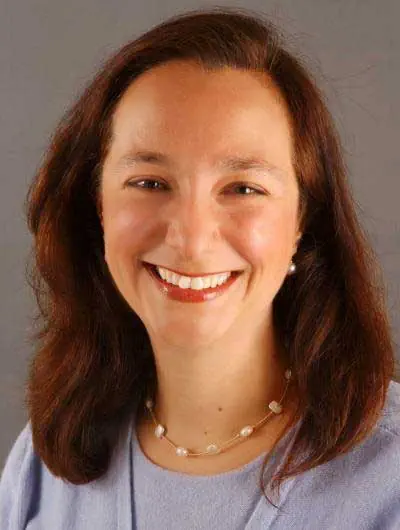
“If you were to distill the Exploratorium down to one word, it would be ‘inquiry.’ We believe in asking questions about the world around us,” says Laura Zander, Chief Operating Officer of the Exploratorium.
Not quite a “museum” and not quite a science center alone, the Exploratorium, nestled along San Francisco’s Pier 15, is considered one of the leaders of the “interactive science” movement which explores the intersection of art and science through human perception and inquiry.
The Exploratorium’s curiously beautiful exhibits demonstrate scientific phenomena and display it under a new artistic light, giving visitors an opportunity to marvel at the aesthetic intricacies of the phenomena represented, while drawing unique interpretations of the stories that scientific data can reveal about the world.
The intersection of Art and Science is key at the Exploratorium, and practitioners in those fields are what founder Frank Oppenheimer called the “noticers” of the world.
“Artists and scientists see phenomena happen and are able to interpret it for the people,” says Zander, explaining that artists and scientists at the Exploratorium are equally valued, and that the consideration of art and science are both necessary to the impact the Exploratorium has globally and in the innovation ecosystem of the Bay Area.
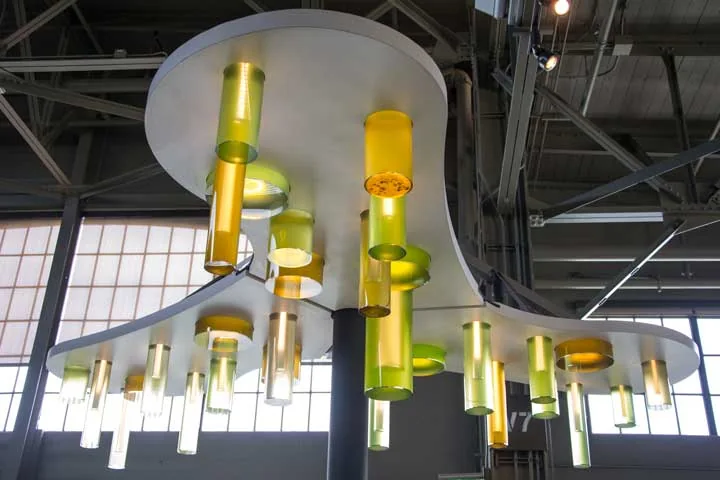
Visitors also play an important role in the creation of new exhibits. In fact, many of the exhibits are shaped by human interaction.
.
“Our museum is one where we say ‘please touch,’” says Zander, explaining that, contrary to most museums, the exhibits at the Exploratorium welcome human interaction.
“We place an exhibit out on the floor as a prototype and, with permission, we watch how people interact with it. Then we bring it back into our shop and tweak it, make changes, make improvements, and then we put it back out,” explains Zander.
For example, the audiovisual exhibit entitled “Scrapple,” which is made up of a table that “reads” objects placed on top of it to produce music loops, invites visitors to become “composers” in the process of an ever-evolving song.
Other initiatives function independently to collect data on the surrounding environment, such as the Wired Pier project, which uses various sensors that are embedded in and on the Exploratorium’s campus on Piers 15 and 17 to collect information about the Bay’s weather, water and air conditions. That information is then used in the creation of new exhibits, and also shared across the country and abroad with a network of educational institutions, such as U.C. Berkeley, U.C. Davis, and the National Oceanic and Atmospheric Administration.
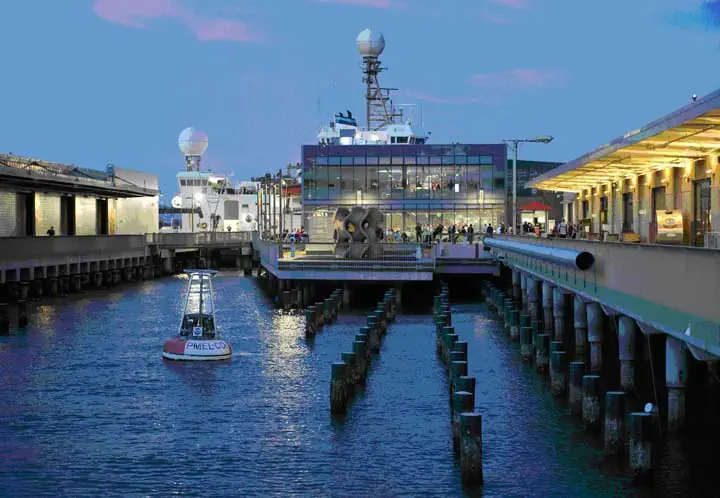
“Many people are not aware that we’re engaged in scientific research in addition to providing opportunities for inquiry-based experiences,” says Martin Rock, Associate Director of Communications at the Exploratorium.
“Some of our research finds its way into papers published in scientific journals, and some of it finds its way onto the floor to encourage citizen scientists to make their own discoveries. We believe in making science accessible to all.”
It is no wonder, then, that around 80% of the world’s science centers use Exploratorium-designed exhibits, which the institution has been building over the course of nearly fifty years.
As the Exploratorium prepares to launch into its next half century in 2019, Zander says the institution’s main focus will be to continue expanding its influence and educational impact in San Francisco and around the globe through new research, through new partnerships with educational institutions, and through its Teacher Institute which will have significant involvement in the rollout of California’s next generation of science standards.
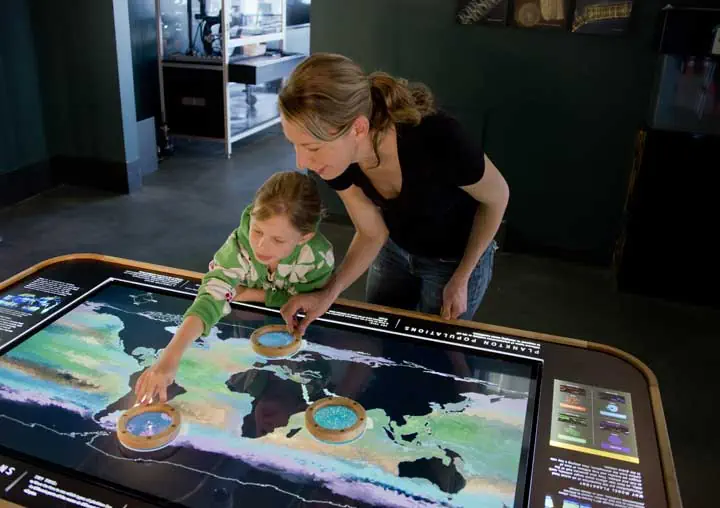
In the meantime, the Exploratorium continues to celebrate critical thinking, the direct experience of scientific phenomena, and the fresh lens that art can offer in interpreting one’s environment. Their vision of “a world where people have the confidence to think for themselves, ask questions, question answers, and understand the world around them” is as strong and as relevant as ever.
As Zander puts it, “We’re not going to tell visitors how to think; we’ll give them access to data, and evidence, and an opportunity to engage with beautiful, stimulating phenomena, and we hope their experience will be transformative. This place has certainly had a lasting impact on many of us who work here, and we carry that with us in the work we do.”
Learn more about the Exploratorium and Donate
